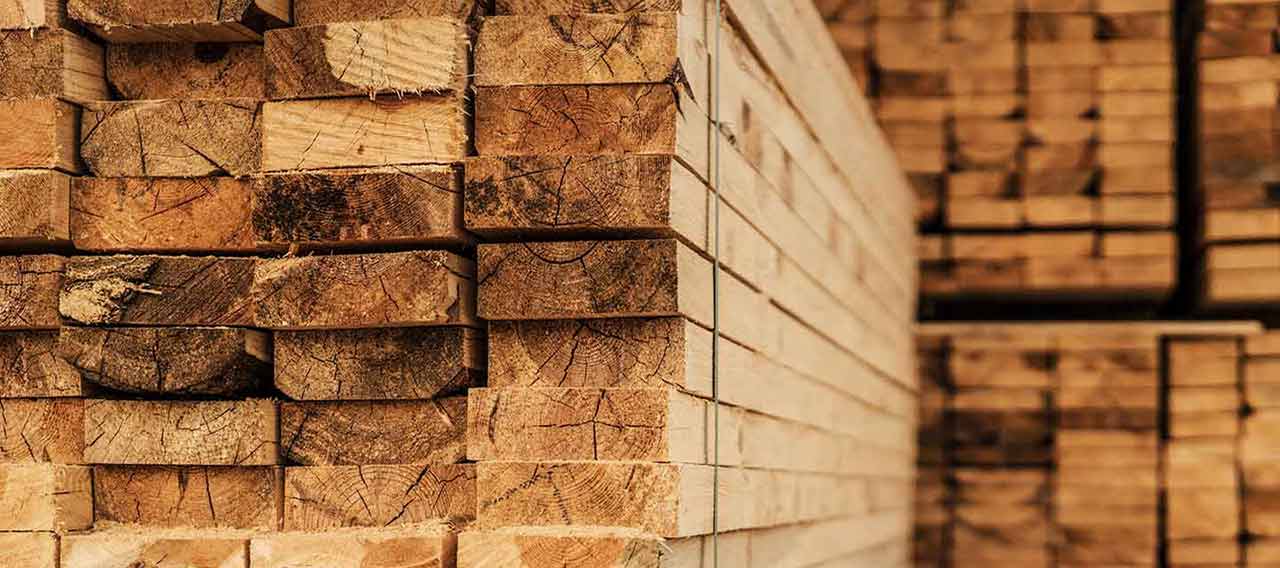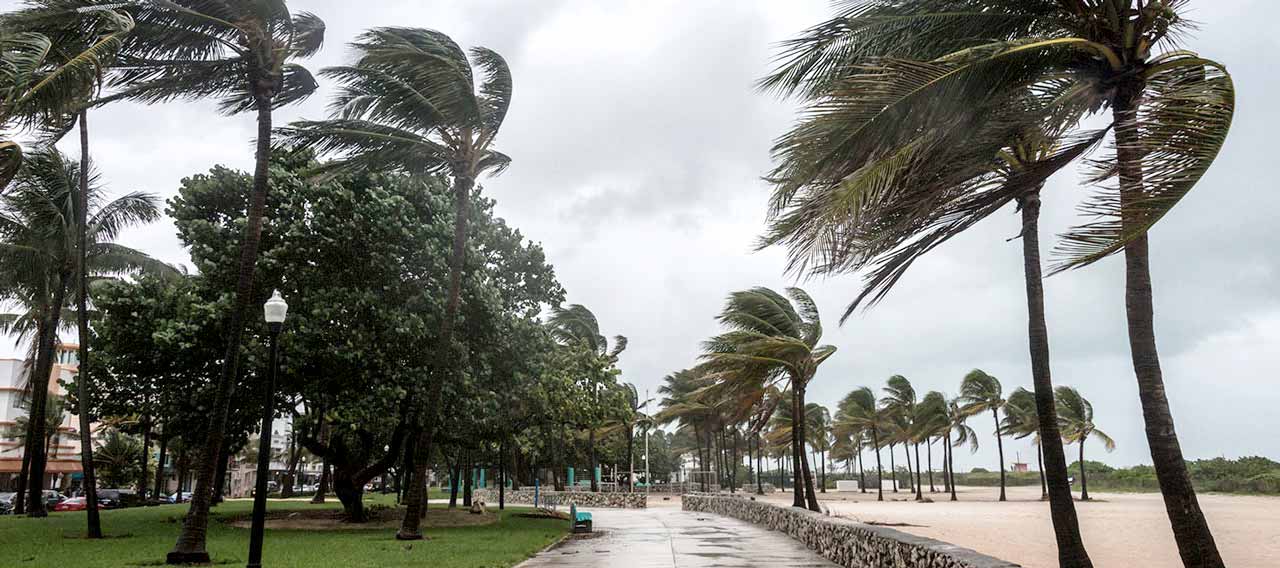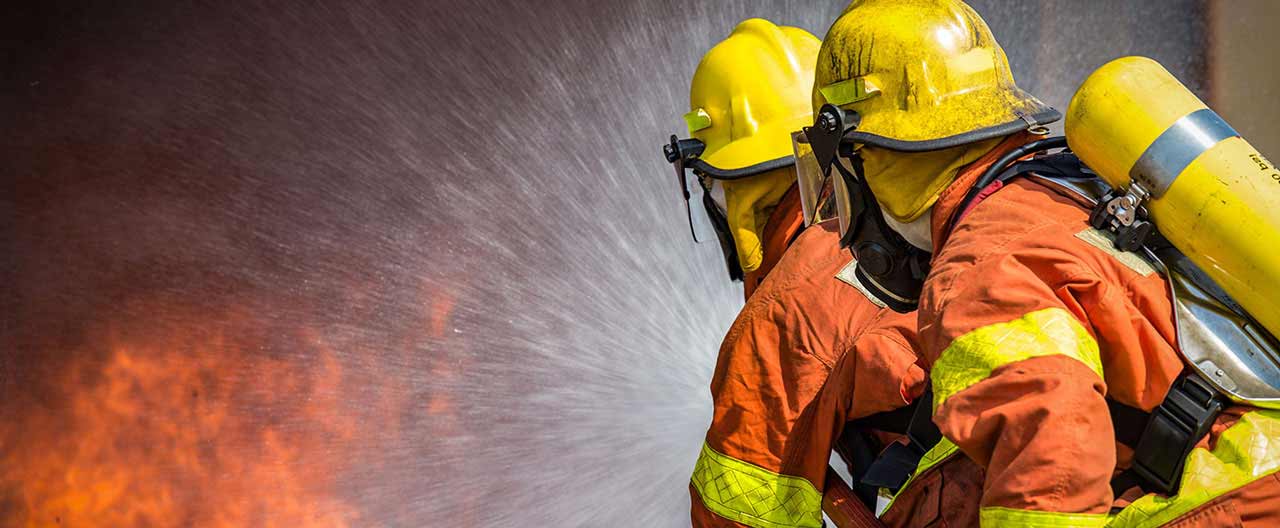- Individuals & Families
- Businesses
- Agents & Brokers
- Embedded Insurance

Chubb ranked #1 for Customer Satisfaction with the Home Insurance Claims Experience

Chubb ranked #1 for Customer Satisfaction with the Home Insurance Claims Experience

Chubb ranked #1 for Customer Satisfaction with the Home Insurance Claims Experience

Chubb ranked #1 for Customer Satisfaction with the Home Insurance Claims Experience

Because pets are family, Chubb now offers pet insurance with top-rated coverage from Healthy Paws.

Chubb offers the insurance protection you need for travel’s many “what ifs”.

Chubb protects small businesses at every stage – from newly formed start-ups to long-time anchors of the community.

Stay ahead of cyber threats with our free Cyber Claims Landscape Report.

Learn more about our dedicated learning paths, Online Learning Center, and more.

Many digital-savvy consumers look for it as a core or add-on option.

Many digital-savvy consumers look for it as a core or add-on option.

Many digital-savvy consumers look for it as a core or add-on option.

Chubb’s in-house technology makes it easy to integrate what we do into your customer experience.
-
About
-
Claims
-
Login & Pay Bill
For Agents & BrokersFor Travel Advisors
-
Back
Preparing your business before a drought or wildfire can be crucial for your organization’s survival.
Extreme weather and drought events are being experienced on a global scale. An increase of temperatures, a decrease in precipitation levels, and a decrease in soil moisture are all effects of climate change, which have increased the fire season and acres at risk of wildfires. Whether termed bushfire, forest fire, grass fire, or brush fire, wildfires occur throughout the world with devastating effects.
In North America, most wildfires occur during the months of April through late October. During these months with prolonged periods without rain, grass and other organic matter are very dry and easily ignited. Months of the most extreme fire behavior vary based on regional specifics of low vegetation moisture content, humidity levels in the single digits, and strong winds approaching hurricane force.
According to a study published by the Insurance Information Institute, North American wildfires are increasing in both frequency and severity. Understand how wildfires begin and what you can do to help minimize risks your business may be exposed to.
Common causes of wildfires
- Unattended campfires
- Illegible outdoor cooking
- Recreational open fires
- Hot exhaust systems from automobiles and equipment
- Burning of debris
- Negligently discarded cigarettes
- Arson
- Downed electrical utilities sparking and igniting nearby dried vegetation
Facility and land management tips for wildfires
The following are a few best practice prevention tips to increase the chance of your facility surviving a wildfire.
- Consult local wildland fire maps and consult with your local planning, fire, and forest authority to determine if your facility is in a wildland fire-prone zone.
- Construct buildings with fire-resistive materials such as masonry, brick, or reinforced concrete walls.
- Skylights should be avoided or if necessary, constructed of wire-reinforced glass.
- Window glass can melt or shatter under heat loading. Noncombustible shutters can provide a level of protection. In addition, tempered and double-paned glass windows provide another layer of protection.
- Vents, gaps, and louvers are opportunities for fire ember penetration into buildings. These areas should be kept clean and screened with fine-gauge steel wire mesh with a maximum aperture of 1/8 inch (3.2 mm).
- Ensure exterior doors and frames are tight and constructed to stop sparks and embers from being blown through gaps.
- Use Flame retardant intumescent paint to protect external combustible materials.
- Avoid combustible yard storage which can ignite and expose the building.
- Maximize defensible space by creating a clearance zone around buildings, outdoor structures, and yard storage by removing trees and shrubs so there is no continuous canopy line of vegetation around the site. Ensure regular clearing of vegetation around the site.
- Generally, maintain a minimum of 100 ft (30 m) clearance zone from shrubs/grassland exposures and 330 ft (100 m) from a woodland or forest exposure.
- Grass around the property should be trimmed and irrigated regularly.
- Keep the fuel load around the facility to a minimum, including propane tanks and other fuel storage.
- Develop a formal written pre-fire plan with the public fire services to establish access and egress paths, update contact information and communication protocols, and fire service needs.

Implementing a wildland fire prevention plan
Several industries present an increased exposure towards igniting wildland fires. Electric Power Transmission & Distribution, Oil & Gas, and Timber-related industry sectors (along with their associated contractors and subcontracts) are several examples that may have increased wildland fire liability. Entities performing prescribed burns also present an increased exposure and should implement detailed wildland fire prevention plans per local regulatory agency.
Companies should determine their scope of operations, contractual, and risk transfer controls in addition to fire prevention practices to limit their potential for starting a wildland fire. Realtime monitoring of wildfire conditions, understanding the threat, and efficiently communicating information are the key components to an effective industrial wildland fire prevention plan.
The below basic hazard analysis helps any commercial entity in the prevention of industry-caused wildland fire:
- Identify the risks (ignition risk assessment)
- Identify the hazards (wildland fuels that are susceptible to ignition)
- Identify the values at risk (items such as equipment)
Once you have conducted a basic hazard analysis, identify actions that will reduce or eliminate the risks, reduce the fuels to ignition, and assign responsibilities and timelines for the actions. This may include inspections of equipment, training for employees, smoking restrictions, raking leaves, clearing vegetation, etc.
Companies operating within the wildlands should have a formal Wildlands Fire Prevention Plan (WFPP).
For more information on how you can prepare, plan, and recover from a wildfire email us at RiskEngineeringServices@chubb.com.
National Interagency Coordination Center, Predictive Maps
South Dakota State University. “Large, high-intensity forest fires will increase.” ScienceDaily.
University of California - Berkeley. "Climate change to alter global fire risk." ScienceDaily. ScienceDaily, 12 June 2012.
1 South Dakota State University. “Large, high-intensity forest fires will increase.” ScienceDaily. ScienceDaily, 10 April 2017
Insights and expertise






This document is advisory in nature and is offered as a resource to be used together with your professional insurance advisors in maintaining a loss prevention program. It is an overview only, and is not intended as a substitute for consultation with your insurance broker, or for legal, engineering or other professional advice.
Chubb is the marketing name used to refer to subsidiaries of Chubb Limited providing insurance and related services. For a list of these subsidiaries, please visit our website at www.chubb.com. Insurance provided by ACE American Insurance Company and its U.S. based Chubb underwriting company affiliates. All products may not be available in all states. This communication contains product summaries only. Coverage is subject to the language of the policies as actually issued. Surplus lines insurance sold only through licensed surplus lines producers. Chubb, 202 Hall's Mill Road, Whitehouse Station, NJ 08889-1600.


